What did the ancient Bulgarians look like
Anthropology is a wonderful science - it opens our eyes to ourselves. In a broad sense. For example, I became interested in how people living on the territory of Bulgaria looked many hundreds, or even thousands of years ago. It turned out that in Bulgaria there is a person who is engaged in restoring the appearance of the preserved bones. Mostly on the skull. This is Professor Yordan Yordanov. His works can be seen in the Anthropological Museum of Sofia.
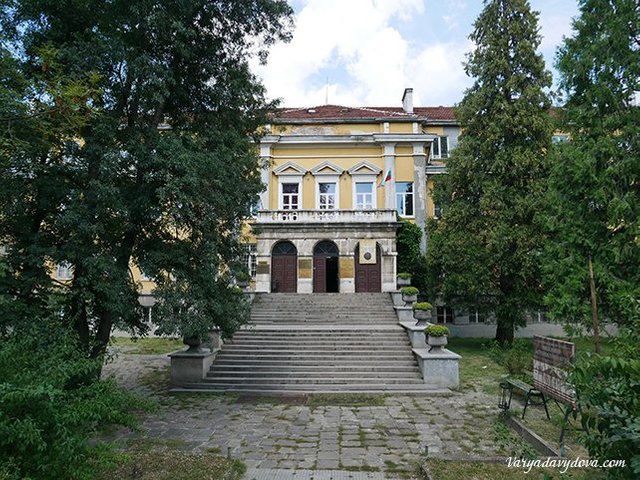
The National Anthropological Museum is located in Sofia on Tsarigradsko shose boulevard 73. It is one of several museums in the system of the Bulgarian Academy of Sciences and under the patronage of the Institute of Experimental Morphology and Anthropology at the BAS. It was created in 2007 after the exit exhibition of the Institute "Man in the Past" aroused serious interest. The director of this museum is Professor J. Yordanov. He is one of the few anthropological scholars in the world and the only one in Bulgaria who does facial restoration through the skull. The museum has several restored images of people who lived on Bulgarian soil in various historical eras.
The head of the "Thracian princess", restored by the skull (Vratsa 4th century BC)
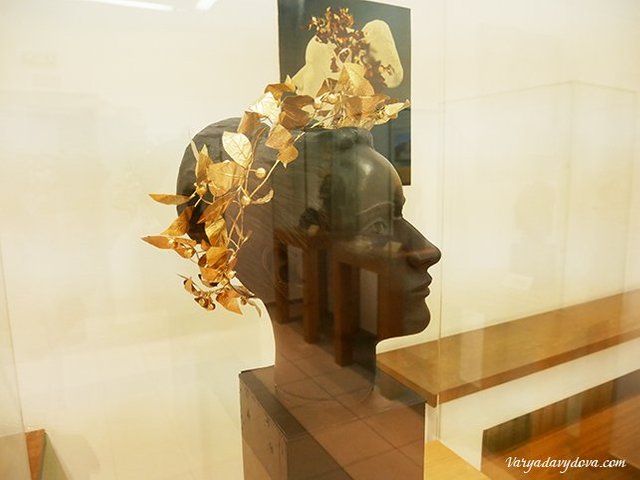
Of particular interest is the image of the Thracian princess from the tomb, which was found in the "Mogilan Grave" in the city of Vratsa.
This poster displays all stages of work on the restoration of the image of the princess:
Plastic anthropological reconstruction of the soft tissues of the head according to the skull is based on a mathematically established relationship between their thickness and the characteristics of the underlying bone structures. This method makes it possible to visualize the images of people who inhabited Bulgarian lands in the past and present their physical types. The main stages in the restoration of the head through the skull:
The study of the skull.
Graphic reconstruction of the profile by cranial craniogram.
Making a three-dimensional model of wax.
The completion of the image - makeup, hair, jewelry, consistent with archaeological and historical data.
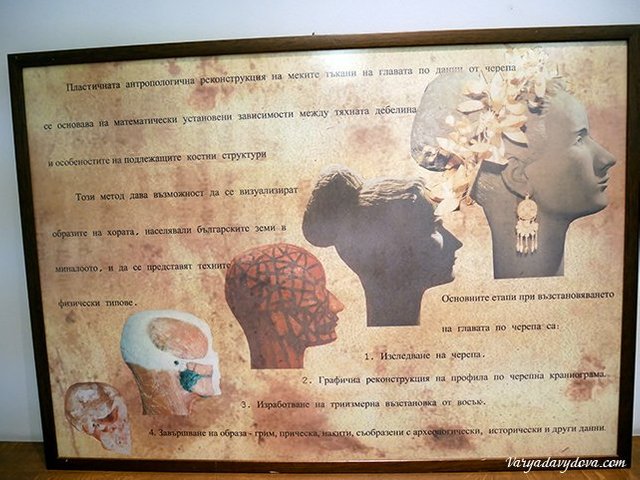
The restored images of the Bulgarian kings Kaloyan and Samuel are also very interesting.
The head of Tsar Kaloyan, recovered from a skull from a burial in the church of St. St. Forty Martyrs in Veliko Tarnovo (13th century AD)
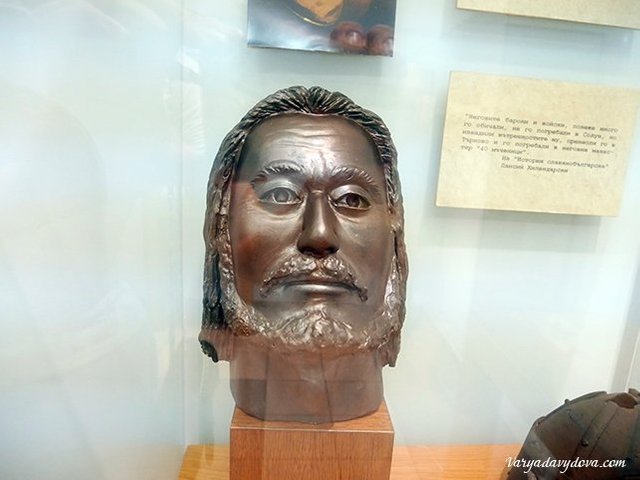
The head of Tsar Samuel, restored from the skull found in the burial of the St. Achilles Basilica on the island of the same name in the Lesser Prespan Lake (11th century AD)
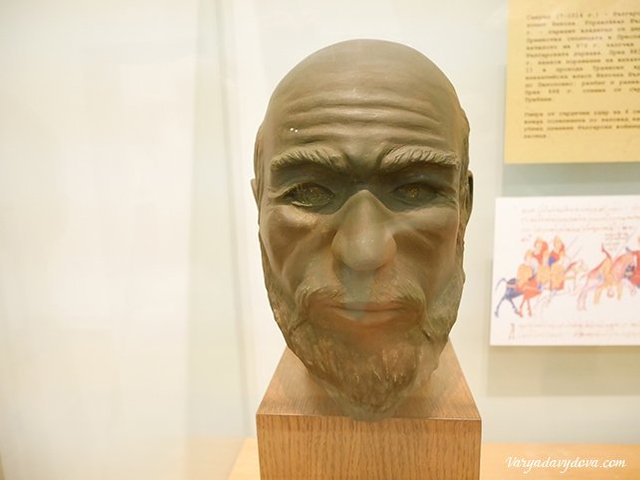
The museum has a national ossuary, where they collect all the anthropological materials found during excavations. Researchers use this database to study people who have lived from ancient times to the present day in the territory of modern Bulgaria.
Skeleton of a man 40-45 years old (6th century BC)
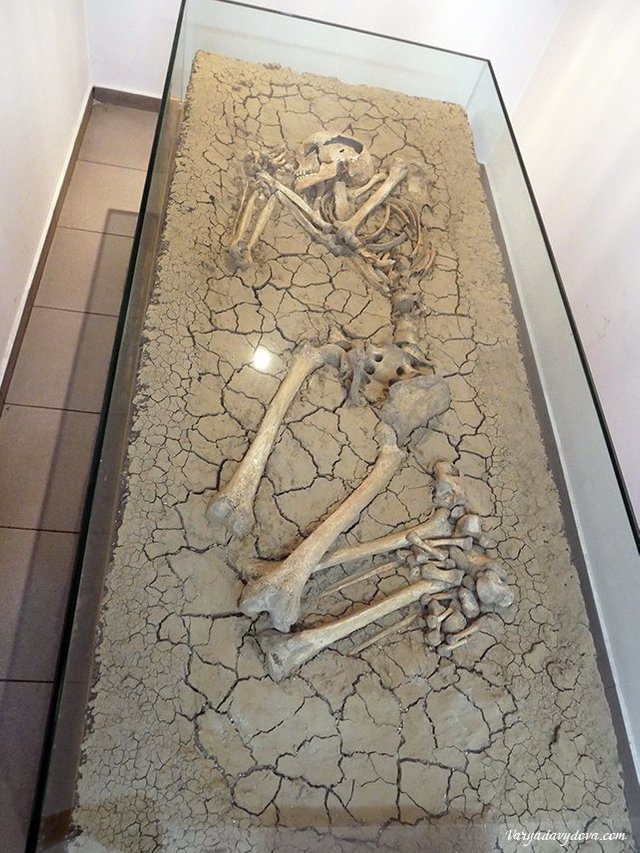
The exposition in the Anthropological Museum is built in chronological order - Prehistory, Antiquity, the Middle Ages and the Renaissance. Several restored persons, made from the human remains found during excavations, show the evolution of human features and their gradual gracification (softening).
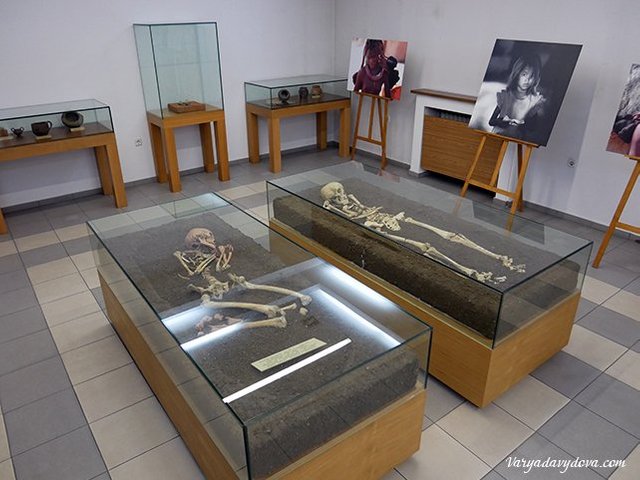
In this museum you can see how people were buried in different eras and how they were treated.
A pot of ash. This is a burial through burning, which was performed by the Slavs and Proto-Bulgarians before the adoption of Christianity.
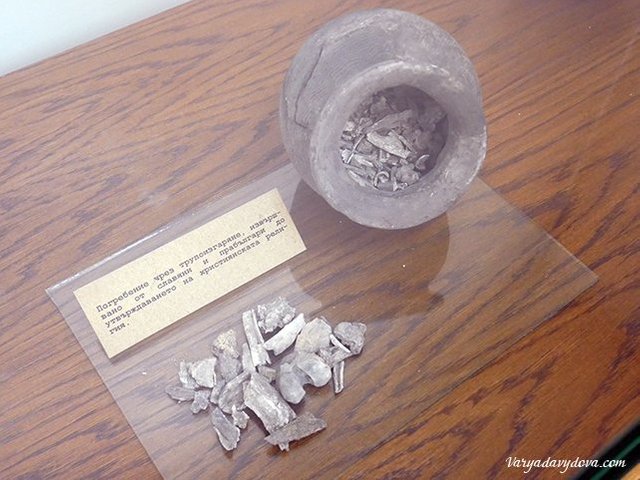
Medical Instruments of the Roman Era (2-4 AD)
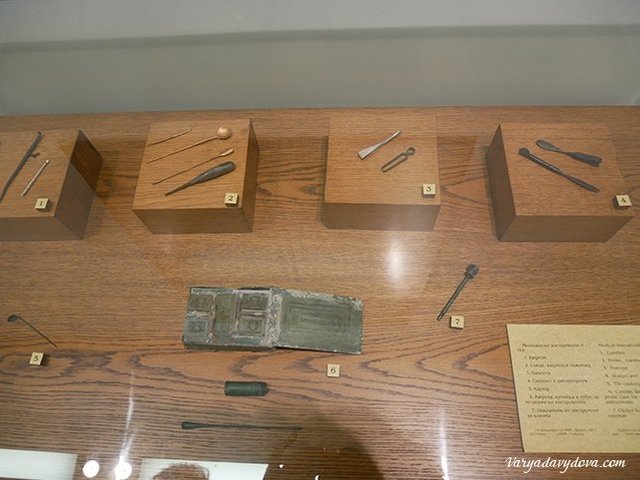
Trepanation of the left parietal bone. Child (9th century AD)
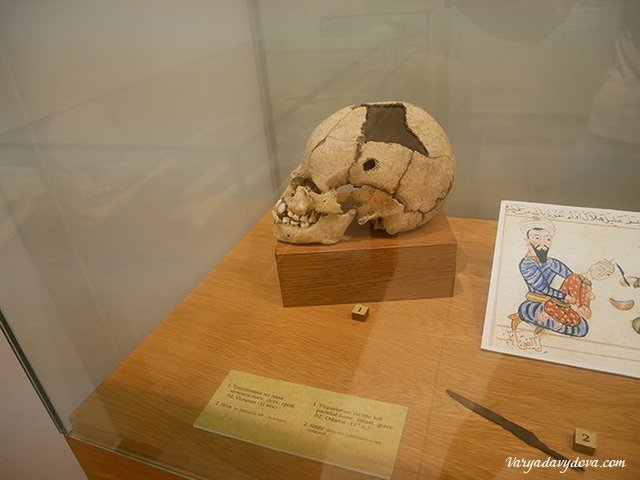
Artificially deformed skulls in Bulgarian lands are found in almost all eras, but the largest number belongs to the Middle Ages. Bulgarian historians believe that this is the result of contacts with the Huns and Avars.
Artificially deformed proto-Bulgarian female skull
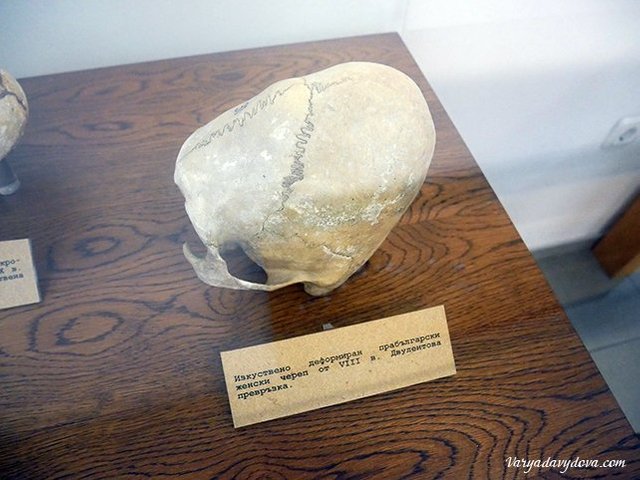
The cranial trauma that this person suffered. Male 30-35 years old. Burial in Lovech (10-12th century AD)
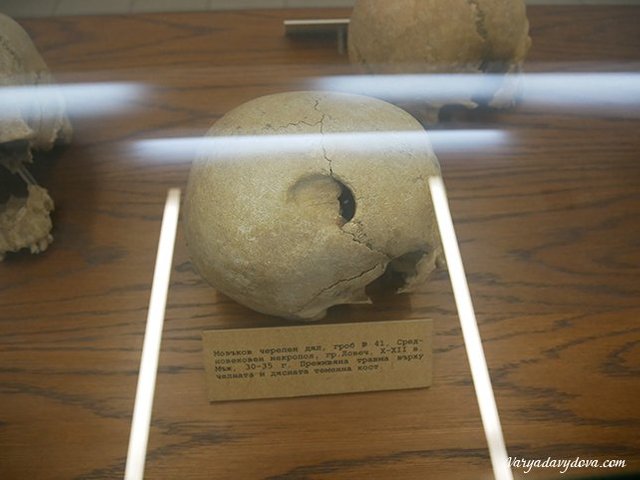
This is a skull of a 50 year old man from a burial site in Kavarna. A sample of a cranial injury that he did not survive (15-17th century AD)
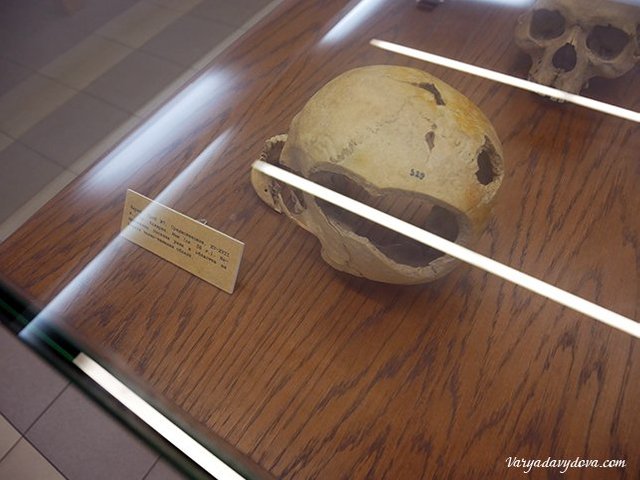
This map shows the explored necropolises in Bulgaria
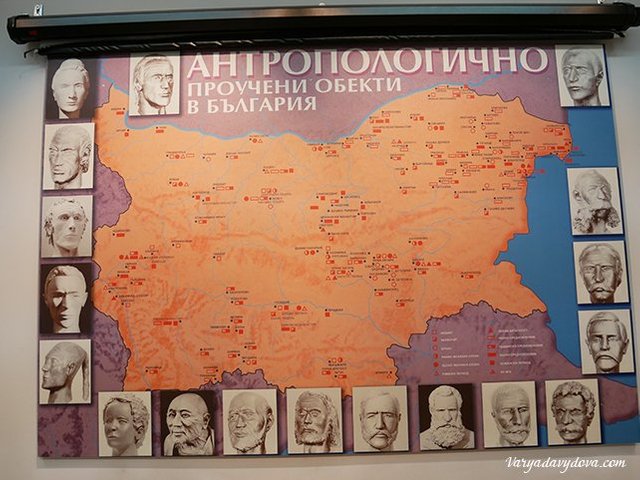
Entrance to the museum costs 5 levs (2.5 euros) for children under 18 years of age and 10 levs (5 euros) for adults.
Thank you for your time and attention.
Follow me for more content to come!
With love from Bulgaria @varya-davydova
Chronicles of the Bulgarian coronavirus: https://t.me/varyadavydovabg